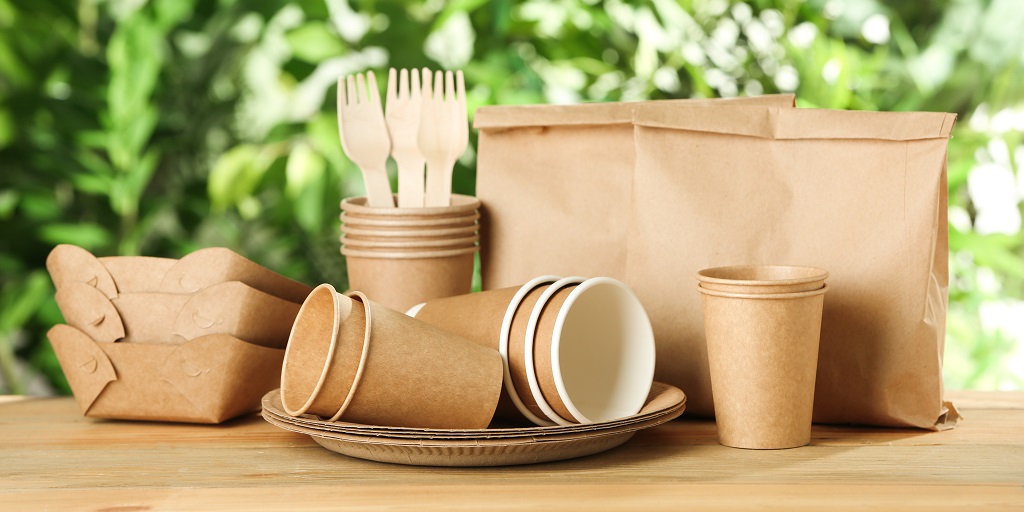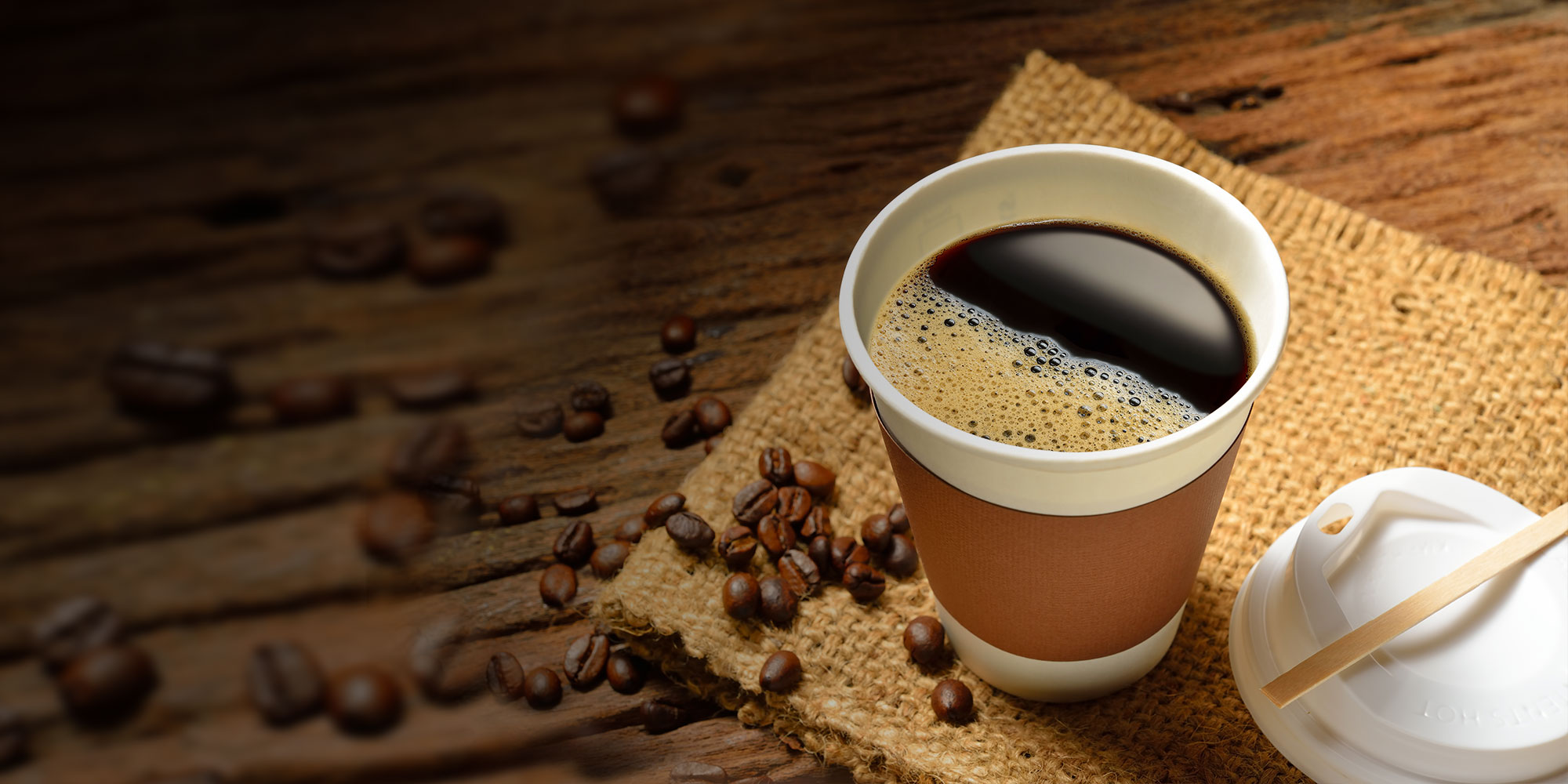With the rapid development of social economy, paper packaging has occupied a very important position in various packaging materials, especially the series products of paper containers. Paper containers can be designed in various forms such as boxes, cups, bowls, etc. Because the paper container itself has the characteristics of safety, hygiene, non-toxic, odorless, pollution-free, degradable, etc., it conforms to the current environmental protection trend and is a safe packaging material which is widely used in the food packaging industry.
Due to the different processing forms of paper containers, there are also different requirements for paper, so it is very important to be familiar with the characteristics of cupstock for post-processing. Commonly used for paper cups and paper bowls.

The material used for hot drink cups is usually made of base paper and single PE coating, which is single PE coated cupstock. Generally, it is printed on the non-PE paper surface. Due to the needs of hot drinks, such products need to have a certain degree of thermal insulation after processing. Therefore, these products usually require a certain thickness and stiffness of the paper to increase the thermal insulation. The larger the volume, the thicker the paper used.

Cold drink cups are divided into two types due to different processing methods. One is to make the paper with good anti-permeability through the wax dipping process after the base paper is printed and made into a cup; the other is to make the paper impermeable by compounding PE on both sides of the paper. The printing requirements of two different processing forms of materials are different. The printing processed by the dipping wax method is printed on the paper surface. As far as the printing itself is concerned, there are no special requirements for the raw materials. For the paper after double-sided PE compounding, it is necessary to compound the paper with special treatment in order to obtain a good printing effect.

Cupstock is widely used in the food packaging industry, so the selection of ink not only meets the requirements of printing itself, but also requires that the components of the ink must meet the food hygiene law and food packaging hygiene standards. The use of solvents requires no peculiar smell and a small amount of residual solvent, so that the printed products can be dried quickly and avoid problems such as poor adhesion that may occur during subsequent cup making.
Post time: Oct-08-2022


